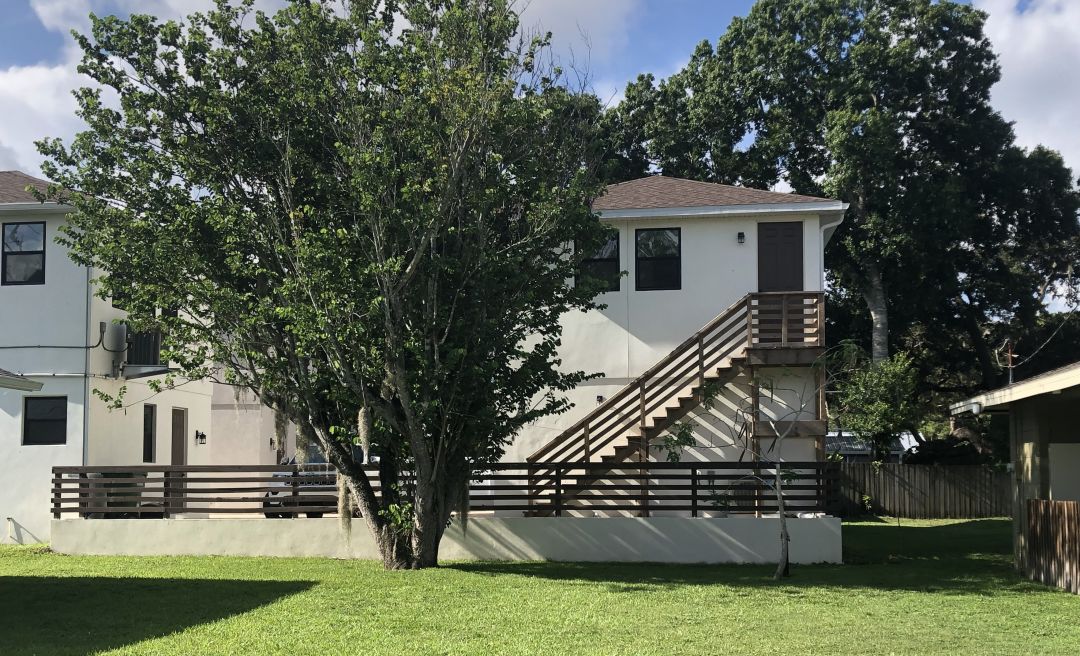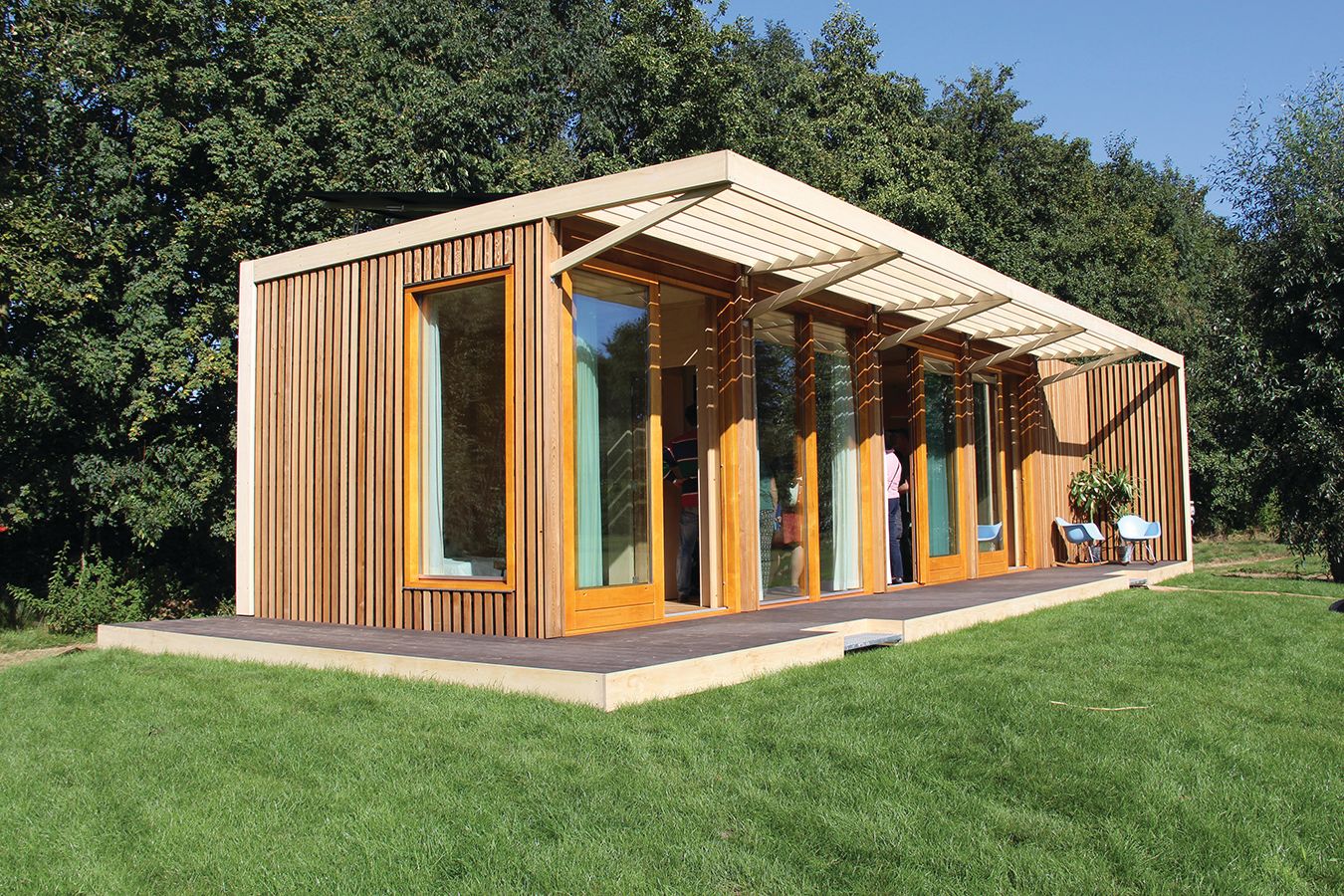Accessory Dwelling Units Now Allowed in Sarasota Citywide

A new home on Osprey Avenue in Gillespie Park includes an accessory dwelling unit in the back yard. Under the new ordinance that allows them citywide, they can either be attached to the main house or not.
Image: Kim Doleatto
Longtime Arlington Park resident Frank Beatty urged City of Sarasota commissioners last night to allow homeowners within city limits to build accessory dwelling units (ADUs), or second living spaces, on their property. Beatty wants to build an ADU for his family in his back yard.
“My daughter works hard every day and she needs a place to raise her two boys,” he said at the city commission meeting. “I’m getting older and I can't take care of the yard all by myself, and she’s willing to take care of me. I'm looking to put up a good, attractive building. I would like my daughter to have the opportunity to raise her boys in a good neighborhood and be able to live in Sarasota. Young kids are going to get priced out.”
The City of Sarasota commissioners agreed, voting unanimously to expand the ADU ordinance to allow long-term rental units citywide. Now, homeowners in zoned single-family residential areas—outside of barrier islands or neighborhoods with deed restrictions that forbid them—can add on living spaces of up to 650 square feet, without having them counted as a separate house.
Some older residential neighborhoods in Sarasota, like Gillespie Park and Laurel Park, have historically included ADUs, also known as “granny flats” or “mother-in-law suites.” But at a time when affordable housing is in short supply, especially within city limits, allowing homeowners to add an ADU and rent it out long-term can help fill the gap.
Other main drivers behind the move are to respond to the need for smaller households and give aging residents, like Beatty, the opportunity to remain in their neighborhoods with the help of family—as well as to earn extra income in the face of increasing costs of living.
Homeowners who build ADUs and rent them out will be required to live on the property in either dwelling and prove homestead status. The applicant for a building permit must also provide the city with an affidavit indicating the unit will be rented at or below 120 percent of the area median income–a maximum of $2,316 a month.
Former Sarasota County commissioner Jon Thaxton, who is the senior vice-president of community investment for the Gulf Coast Community Foundation, supported the idea, saying, “Many communities around the country have found that ADUs have been a successful option to provide affordable housing.”
He and others at the meeting also applauded the requirement of homeownership. “It adds an element of self-governance, and if you are the homeowner, you won't be as apt to allow activities considered distasteful on your property,” Thaxton said.
Mary Ciner, a Sarasota resident who commented at the meeting via Zoom, felt the ordinance should be limited. “This should not be all over the city and should only be in Laurel Park, Bayou Oaks, Gillespie Park and Park East,” she said. “If one needs to have an extra unit for income, where are they getting the money to build it?”
She also pointed out that having more people living on the same property increases utility bills, and wondered how the city would ensure the homeowner lived on the property.
But commissioners were not deterred. Following the unanimous vote to allow ADUs citywide, Sarasota vice-mayor Erik Arroyo mentioned the idea of looking into commercial accessory units in the future.



